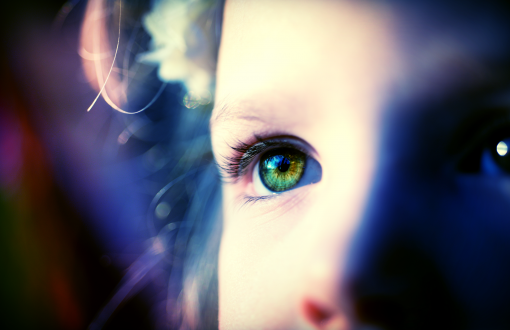 According to dictionary.com, a bully is “a blustering, quarrelsome, overbearing person who habitually badgers and intimidates smaller or weaker people”. Bullies come in all shapes and sizes, as well as any age range. Bullies frequently harass, abuse, and intimidate those they see as inferior, less able, or just for no reason at all.
According to dictionary.com, a bully is “a blustering, quarrelsome, overbearing person who habitually badgers and intimidates smaller or weaker people”. Bullies come in all shapes and sizes, as well as any age range. Bullies frequently harass, abuse, and intimidate those they see as inferior, less able, or just for no reason at all.
Bullies are not only hurting and impacting their victims, they are also causing problems for themselves. Bullies tend to have low self-esteem, emotional problems, or developmental issues. One way that parents can prevent their children from becoming bullies is to communicate with them about positive interaction, maintain a positive relationship with them, and know their friends.
Early childhood education professionals should recognize that hurting people tend to hurt others. Children that have unaddressed emotional and developmental issues in the early years can become bullies out of frustration. Reaching children through early intervention programs can provide the needed resources to prevent the child from becoming a bully. If an early childhood teacher observes behavior of a child that represents bullying, knowing the possible reasons behind their actions will help the teacher to address the problem and possibly prevent the child from continuing to bully in the future.
